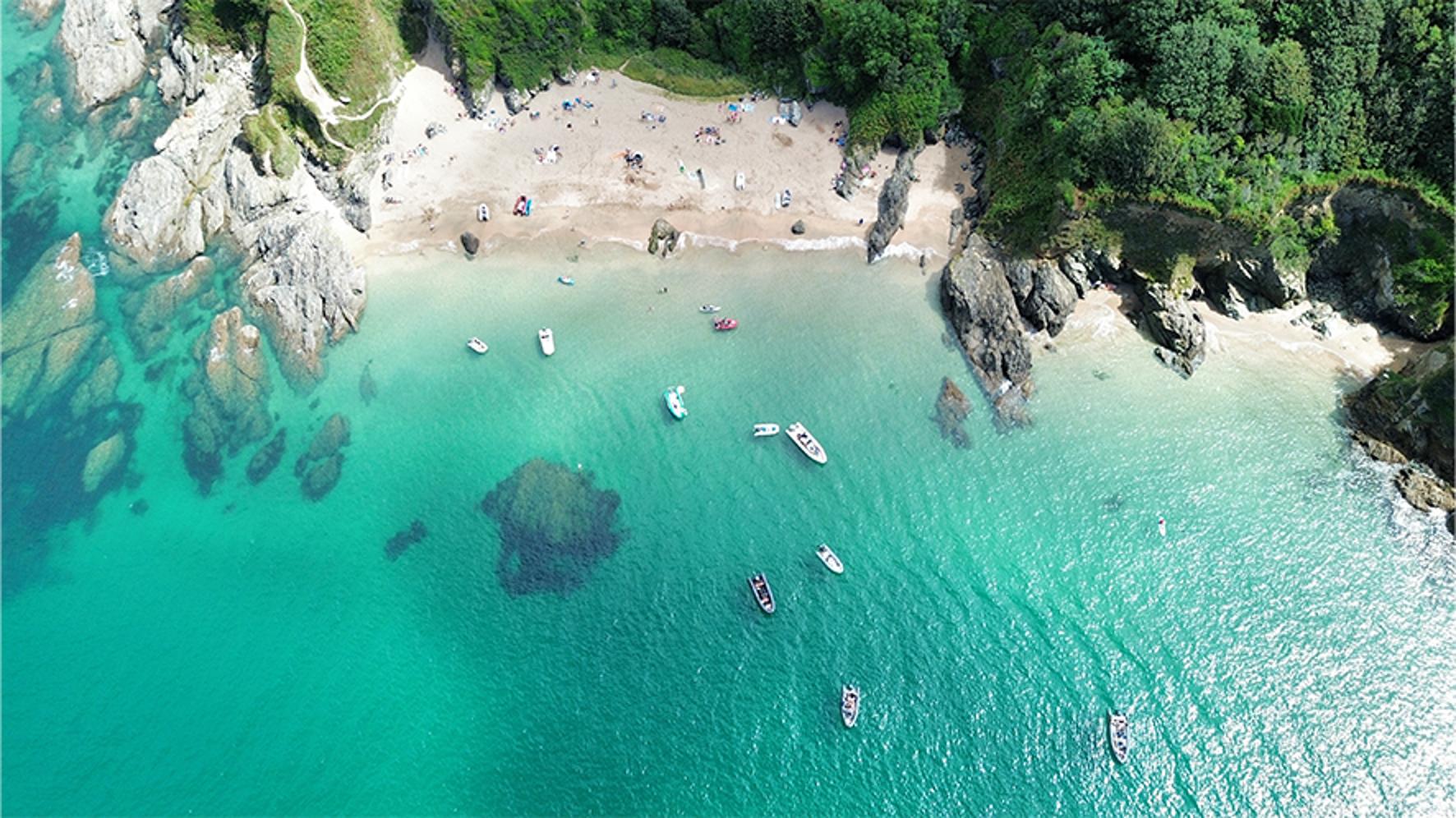Most of us hardly think about what happens to water before it comes out of the tap. Water is something we use every day, come rain or shine.
Warm weather increases demand for water
However, as a water company we pay close attention to the seasons. When it gets hotter, demand for water increases. This is because people use more water to have a cooling shower, water gardens or fill a paddling .
When lots of people start to use extra water, it puts more pressure on the pipe network. Water pressure sometimes dips at peak times because of this. In times of extreme heat, the extra pressure can even cause pipes to burst due to the strain.
What to do if you have a problem with water pressure.
In the South West, we also welcome many visitors in the summer. This helps to support the local economy but also adds to pressure on water reserves. We’re exploring ways to address this increase in use – for example, through targeted campaigns for visitors in the region
Why might there be more bursts in hot weather?
When the ground heats up it expands and moves, putting pressure on underground pipes, which can cause splits and burst mains. The problem can be worse in older parts of our network.
This means that our fixing teams are much busier in summer, with more chance of supply interruptions. We have to prioritise the big leaks, so it may take a bit longer to fix the smaller ones.
Our contact center may also receive a lot more calls and messages from customers about pressure changes or burst pipes. We really appreciate your patience if the wait is a little longer than usual to get through.
If you need extra help in the event of water supply interruption this summer, you can sign up for our Priority Services Register.
Managing the water supply
Your water is always treated to make it clean and safe, but it doesn’t always come from the same place. When demand for water rises, we sometimes mix in water from other sources – for example, sourcing water from a different treatment works or reservoir than usual.
The water network is managed through our control centre where we can see everything that’s going on in the area. This includes how our treatment works are functioning, where there are areas of high demand, or where there might be issues that are being sorted out. We can sometimes divert water between areas to make sure there’s a supply, even when a problem occurs.
In summer, you might notice subtle changes in your water’s appearance. This is likely to be due to your water being drawn from a different source. Sometimes, if water has travelled to you from a nearby treatment works, it might have a slightly stronger chlorine taste because this hasn’t had time to evaporate. Keeping water in a jug in the fridge will lessen the taste and provide an instant source of cold water.
You can help by being careful with water
You can help us to manage demand by being careful with water. You can still do everything you normally do in a day, but small changes can make a big difference overall. For example, try keeping your shower to around four minutes or washing vegetables in a bowl rather than under the tap.
You can get free water-saving products – just answer a few questions on the Get Water Fit platform.
